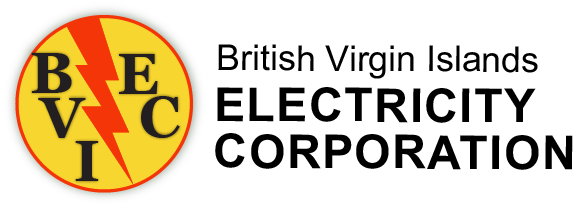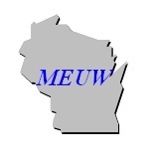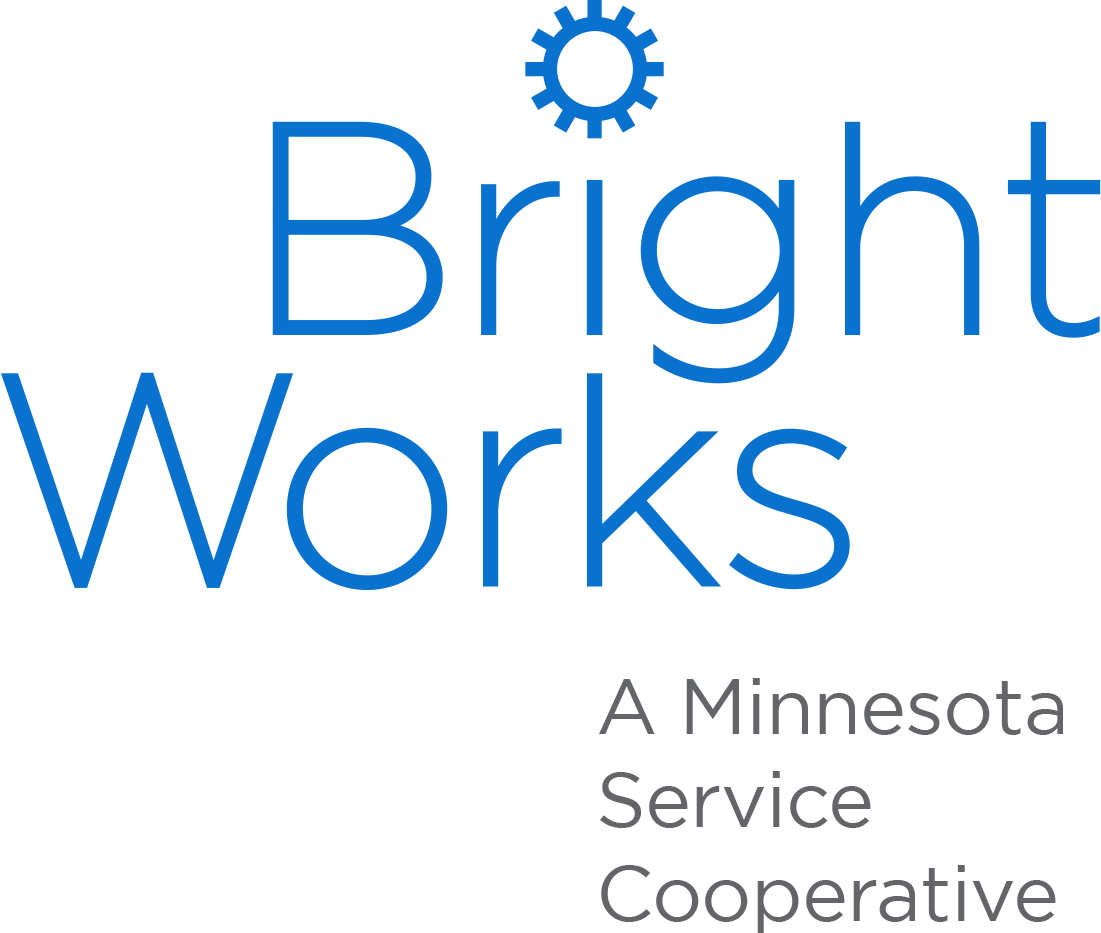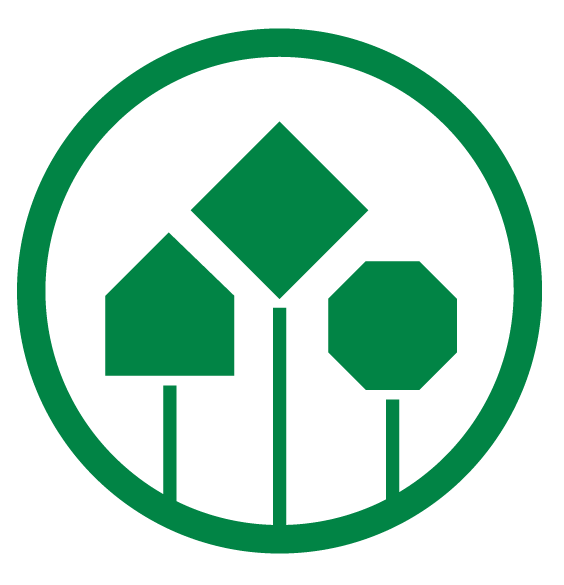Title Page
-
Site conducted
-
Document No.
-
Audit Title
-
Client / Site
-
Conducted on
-
Prepared by
-
Location
-
Personnel
General Safety Checklist
-
Obtain license or permits from the local authorities [1:1.12.8(a)]
-
Ensure there is no public seating within the mobile food truck.
-
Check that there is a clearance of at least 10ft. Away from buildings, structures, vehicles and any combustible materials [96:7.8.2; 96:7.8.3]
-
Ensure fire department vehicular access is provided for fire lanes and access roads [1:18.2.4]
-
Ensure clearance is provided for the fire department to access fire hydrants and access fire department connections [1:13.1.3; 1:13.1.4; 1:13.1.5]
-
Check that appliances using combustible media are protected by an approved fire extinguishing system [96:10.1.2]
-
Verify portable fire extinguishers have been selected and installed in kitchen cooking areas in accordance with NFPA 10 [96:10.9.3]
-
Where solid fuel cooking appliance produce grease-laden vapours, make sure the appliances are protected by listed fire-extinguishing equipment [96:14.7.1]
Training
-
Proper use of portable fire extinguishers and extinguishing systems [10:1.2]
-
Proper method of shutting off fuel sources [96:10.4.1]
-
Proper procedure for notifying the local fire department [1:10.14.9 for carnivals only]
-
Proper procedure for how to perform simple leak test on gas connections [58:6.16, 58:6.17]
Fuel and Power Sources Checklist
-
Verify that fuel tanks are filled to the capacity needed for uninterrupted operation during normal operating hours[1:10.14.10.1 for carnivals only]
-
Ensure that refuelling is conducted only during non-operating hours [96B.18.3]
-
Check that any engine-driven source of power is separated from the public by barriers, such as physical guards, fencing, or enclosures [96:B.16.2.2]
-
Ensure that any engine-driven power source is shut off prior to r fuelling from a portable container [1:11.7.2.1.2]
-
Check that surfaces of engine-driven source of power are cool to the touch prior to refuelling from a portable container
-
Ensure all electrical appliances, fixtures, equipment, and wiring complies with NFPA 70 [96:B.18]
Engine-driven Source of Power Exhaust
-
Is at least 10ft in all directions from openings and air intakes [96:B.13]
-
Is at least 10ft from every means of egress [96:B.13]
-
Is directed away from all buildings [1:11.7.2.2]
-
Is directed away from all other cooking vehicles and operations [1:11.7.2.2]
Propane System Integrity Checklist
-
Check that the main shutoff valve on all gas connections is readily accessible [58:6.26.4.1(3)]
-
Ensure that portable gas containers are in the upright position and secured to prevent tipping over [58:6.26.3.4]
-
Inspect gas systems prior to each use [96:B.19.2.3]
-
Perform leak testing on all new gas connections of the gas system [58:6.16, 58:6.17]
-
Where a gas detection system is installed, ensure that it has been tested in accordance with the manufacturer's instructions [96:B.19.2.1]
-
Perform leak testing on all gas connections affected by replacement of an exchangeable container [58:6.16; 58:6.17]
-
Document leak testing and make documentation available for review by the authorized official [8:6.26.5.1(M)]
-
Ensure that on gas system piping, a flexible connector is installed between the regulator outlet and the fixed piping system [58:6.26.5.1(B)]
Operational Safety Checklist
-
Do not leave cooking equipment unattended while it is still hot. (This is the leading cause of home structure fires and home fire injuries)
-
Operate cooking equipment only when all windows, service hatches and ventilation sources are fully opened [96:14.2.2; 96:14.2.3]
-
Close gas supply piping valves and gas container valves when equipment is not in use [58:6.26.8.3]
-
Keep cooking equipment, including the cooking ventilation system, clean by regularly removing grease [96:11.4]
Solid Fuel Safety Checklist (Where Wood, Charcoal, or Other Solid Fuel is Used)
-
Fuel is not stored above any heat-producing appliance or vent [96:14.9.2.2]
-
Fuel is not stored closer than 3ft to any cooking appliance[96:14.9.2.2]
-
Fuel is not stored near any combustible flammable liquids, ignition sources, chemicals and food supplies and packaged goods [96:14.9.2.7]
-
Fuel is not stored in the path of ash removal or near removed ashes [96:14.9.2.4]
-
Ash, cinders, and other fire debris should be removed from the firebox at regular intervals and at least once a day [96:14.9.3.6.1]
-
Removed ashes, cinders, and other remover fire debris should be placed in a closed, metal container located at least 3 ft from any cooking appliance [96:14.9.3.8]











